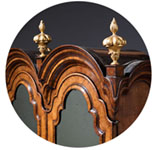17th Century William and Mary Olive Oyster Cushion Mirror
Circa 1690 England
SOLD
Request Information
Follow Us
17th Century William and Mary Olive Oyster Cushion Mirror
Further reading –
Oystering or oyster veneer is a form of veneering, a type of parquetry. This technique requires thin slices of wood branches or roots cut in cross-section, usually from small branches of walnut, olive, kingwood and less commonly laburnum, yew and cocus. The resulting circular or oval pieces of veneer are laid side by side in furniture to produce various decorative patterns.
Because the shape formed resembles an oyster shell the technique acquired the name of ‘oyster veneering’. It is purported that the technique was first developed by English cabinet-makers in the 1660s, immediately after the Restoration of the monarchy, first being used on furniture such as the cocuswood cabinet on stand which bears the cipher of Queen Henrietta Maria (circa 1660) but I believe the technique most likely came from the Huguenot cabinet makers.
Condition
Provenance
Literature
Dimensions
PREVIOUSLY SOLD

An unusual late 17th early 18th-Century Delft jug
An unusual late 17th early 18th-Century Delft jug SoldFollow UsAn unusual late 17th early...

From Queen Charlotte A Rare Miniature Gold Mounted George III Almanack
From Queen Charlotte, A Rare Miniature Gold Mounted George III Almanack Sold[wpforms_selector form_id="11387" show_title="on" _builder_version="4.22.1" _module_preset="default" custom_margin="-30px||||false|false"...
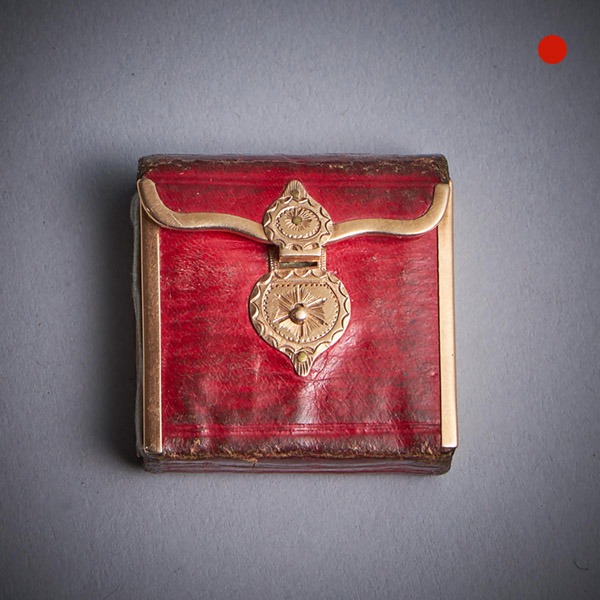
From Queen Charlotte, A Rare Miniature Gold Mounted George III Almanack, 1817
From Queen Charlotte, A Rare Miniature Gold Mounted George III Almanack, 1817 Sold[wpforms_selector form_id="11387" show_title="on" _builder_version="4.22.1" _module_preset="default" custom_margin="-30px||||false|false"...
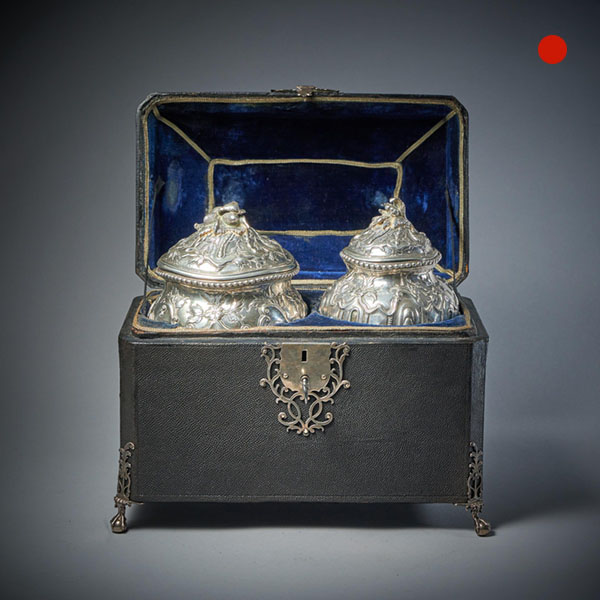
A Rare Silver Mounted George II Shagreen Tea Caddy with Silver Rocco Canistors
A Rare Silver Mounted George II Shagreen Tea Caddy with Silver Rocco Canistors Sold[wpforms_selector form_id="11387" show_title="on" _builder_version="4.22.1" _module_preset="default" custom_margin="-30px||||false|false"...

George III Silver-Gilt Pepper Pot with the Royal Cypher of Queen Charlotte, 1798
George III Silver-Gilt Pepper Pot with the Royal Cypher of Queen Charlotte, 1798 SoldFollow UsGeorge III Silver-Gilt Pepper Pot with the Royal Cypher of Queen Charlotte, 1798 Royal Interest A George III silver-gilt pepper pot by John Emes,...
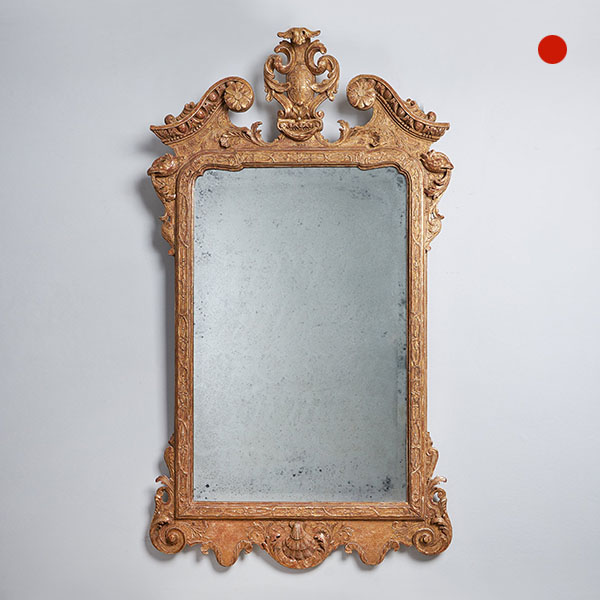
An Important 18th Century George I Gilt Gesso Mirror, C 1725
An Important 18th Century George I Gilt Gesso Mirror, C 1725 SoldFollow UsAn Important 18th Century George I Gilt Gesso Mirror, C 1725 An important early 18th century George I Gilt Gesso mirror, circa 1720-1730. England In the manner of John...

An unusual late 17th early 18th-Century Delft jug
An unusual late 17th early 18th-Century Delft jug SoldFollow UsAn unusual late 17th early...

From Queen Charlotte A Rare Miniature Gold Mounted George III Almanack
From Queen Charlotte, A Rare Miniature Gold Mounted George III Almanack Sold[wpforms_selector form_id="11387" show_title="on" _builder_version="4.22.1" _module_preset="default" custom_margin="-30px||||false|false"...

From Queen Charlotte, A Rare Miniature Gold Mounted George III Almanack, 1817
From Queen Charlotte, A Rare Miniature Gold Mounted George III Almanack, 1817 Sold[wpforms_selector form_id="11387" show_title="on" _builder_version="4.22.1" _module_preset="default" custom_margin="-30px||||false|false"...

A Rare Silver Mounted George II Shagreen Tea Caddy with Silver Rocco Canistors
A Rare Silver Mounted George II Shagreen Tea Caddy with Silver Rocco Canistors Sold[wpforms_selector form_id="11387" show_title="on" _builder_version="4.22.1" _module_preset="default" custom_margin="-30px||||false|false"...

George III Silver-Gilt Pepper Pot with the Royal Cypher of Queen Charlotte, 1798
George III Silver-Gilt Pepper Pot with the Royal Cypher of Queen Charlotte, 1798 SoldFollow UsGeorge III Silver-Gilt Pepper Pot with the Royal Cypher of Queen Charlotte, 1798 Royal Interest A George III silver-gilt pepper pot by John Emes,...

An Important 18th Century George I Gilt Gesso Mirror, C 1725
An Important 18th Century George I Gilt Gesso Mirror, C 1725 SoldFollow UsAn Important 18th Century George I Gilt Gesso Mirror, C 1725 An important early 18th century George I Gilt Gesso mirror, circa 1720-1730. England In the manner of John...
YOU MAY ALSO LIKE

Early 18th Century George I Figured Walnut Bachelors Chest, C.1720-1730
Early 18th Century George I Figured Walnut Bachelors Chest, C.1720-1730 SoldFollow UsEarly 18th...
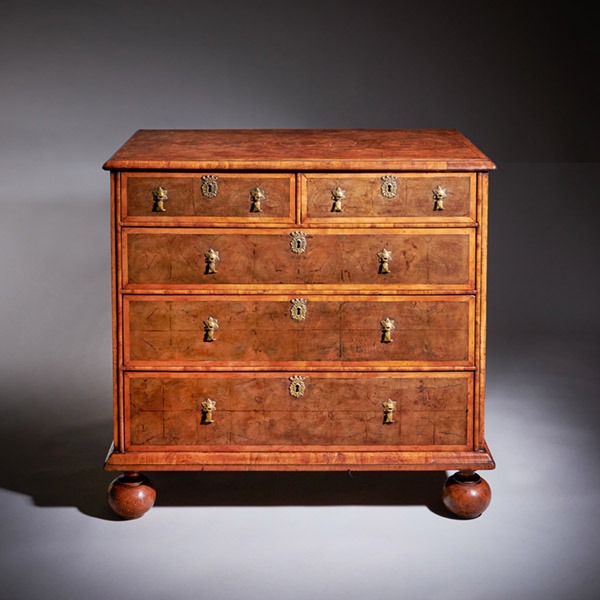
17th Century William and Mary Blond Olive Oyster Chest of drawers, Circa 1690
17th Century William and Mary Blond Olive Oyster Chest of drawers, Circa 1690 £15,000Follow Us17th...
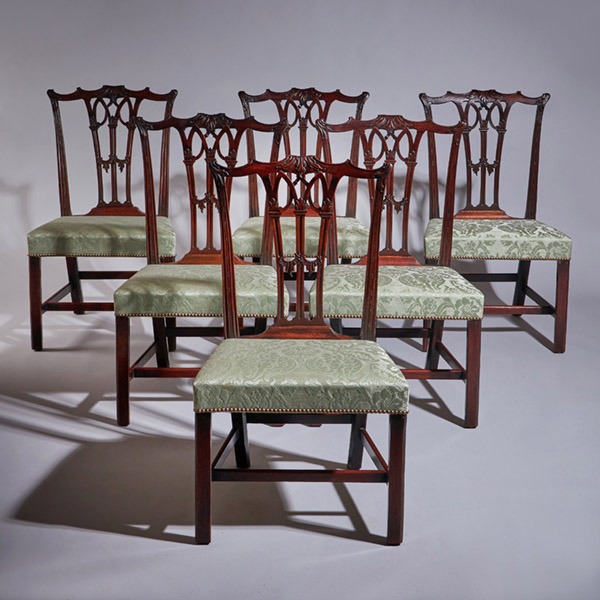
A Fine Set of Six George III 18th Century Gothic Chippendale Dining Chairs, 1760
A Fine Set of Six George III 18th Century Gothic Chippendale Dining Chairs, 1760 £12,900Follow UsA...
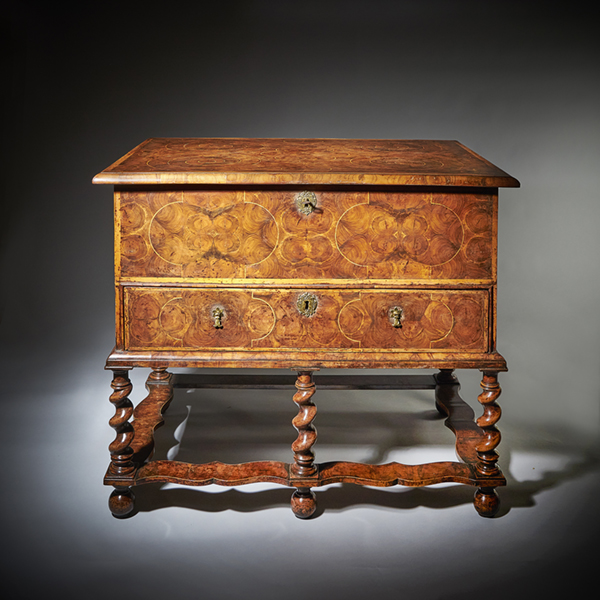
A fine and extremely rare 17th century William and Mary baroque olive oyster chest on stand or ‘table box’, circa 1675-1690.
A fine and extremely rare 17th century William and Mary baroque olive oyster chest on stand or 'table box', circa 1675-1690. £12,600Follow UsA fine and extremely rare 17th century William and Mary baroque olive oyster chest on stand or 'table...

Pair of 18th Century George III Silver Candlesticks by David Bell, London, 1762
Pair of 18th Century George III Silver Candlesticks by David Bell, London, 1762 Sold[wpforms_selector form_id="11387" show_title="on" _builder_version="4.22.1" _module_preset="default" custom_margin="-30px||||false|false"...
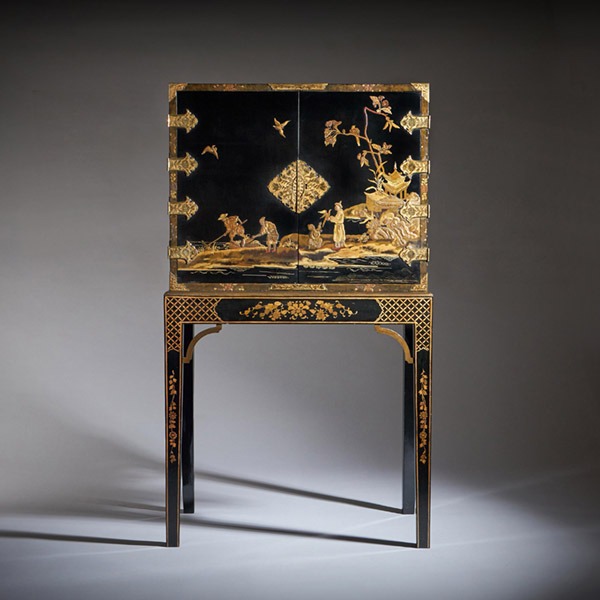
A Rare and Fine George III 18th Century Chinoiserie Lacquer Cabinet on Stand
A Rare and Fine George III 18th Century Chinoiserie Lacquer Cabinet on Stand £28,000Follow UsA...

Early 18th Century George I Figured Walnut Bachelors Chest, C.1720-1730
Early 18th Century George I Figured Walnut Bachelors Chest, C.1720-1730 SoldFollow UsEarly 18th...

17th Century William and Mary Blond Olive Oyster Chest of drawers, Circa 1690
17th Century William and Mary Blond Olive Oyster Chest of drawers, Circa 1690 £15,000Follow Us17th...

A Fine Set of Six George III 18th Century Gothic Chippendale Dining Chairs, 1760
A Fine Set of Six George III 18th Century Gothic Chippendale Dining Chairs, 1760 £12,900Follow UsA...

A fine and extremely rare 17th century William and Mary baroque olive oyster chest on stand or ‘table box’, circa 1675-1690.
A fine and extremely rare 17th century William and Mary baroque olive oyster chest on stand or 'table box', circa 1675-1690. £12,600Follow UsA fine and extremely rare 17th century William and Mary baroque olive oyster chest on stand or 'table...

Pair of 18th Century George III Silver Candlesticks by David Bell, London, 1762
Pair of 18th Century George III Silver Candlesticks by David Bell, London, 1762 Sold[wpforms_selector form_id="11387" show_title="on" _builder_version="4.22.1" _module_preset="default" custom_margin="-30px||||false|false"...

A Rare and Fine George III 18th Century Chinoiserie Lacquer Cabinet on Stand
A Rare and Fine George III 18th Century Chinoiserie Lacquer Cabinet on Stand £28,000Follow UsA...
